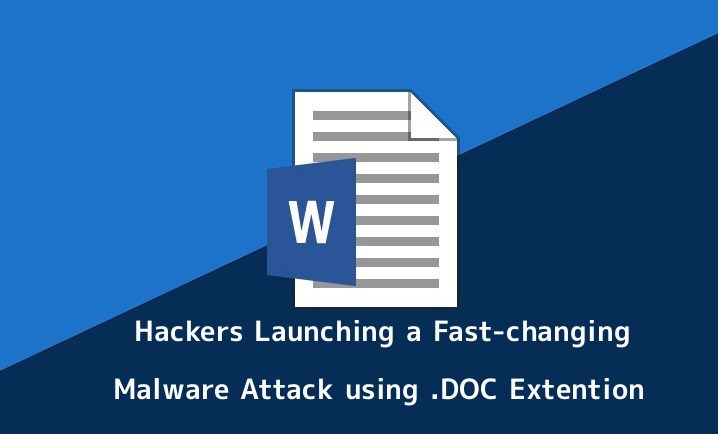Researchers discovered a new malware that rapidly changing its sophisticated behavior in order to escape from the email security protection and infection the victims.
It’s very common that threat actors spreading countless malware via email campaigns, at the same time email security providers are keep fighting with them to block and terminate it.
But attackers using sophisticated techniques to evade security detection leads to increase the success ratio of the infection.
In this case,
Unlike many attacks that use a single pattern with slight customizations, this attack uses a variety of different subject lines, email content, email addresses, display name spoofs, and destination URLs.
Also Attackers masquerading as a confirmation on a paid invoice that fooled users to click and open it to initiate the infection process.

Mostly attackers spoofing the email address to send the
Also Read: Certified Advanced Persistent Threat Analyst online course
According to greathorn “Initially, this attack pattern identified at 12:24pm on Wednesday, February 20th, the attack has (so far) consisted of three distinct waves, each wave corresponding with a different destination URL, one at 12:24pm ET, one 2:05pm ET, and a third at 2:55pm ET, suggesting an attack pattern that anticipated and planned for relatively quick shutdowns of the destination URLs. “
Cybercriminals mainly using many of the compromised accounts for phishing emails to target the victims especially the corporate employees.
“A small handful of attacks were highly targeted, appearing to be from another employee at the recipient’s organization and with customized subject and display names”.
GreatHorn researchers continuously monitoring this malware and its new attack pattern and provide additional information and remediation support.
Also Read:








